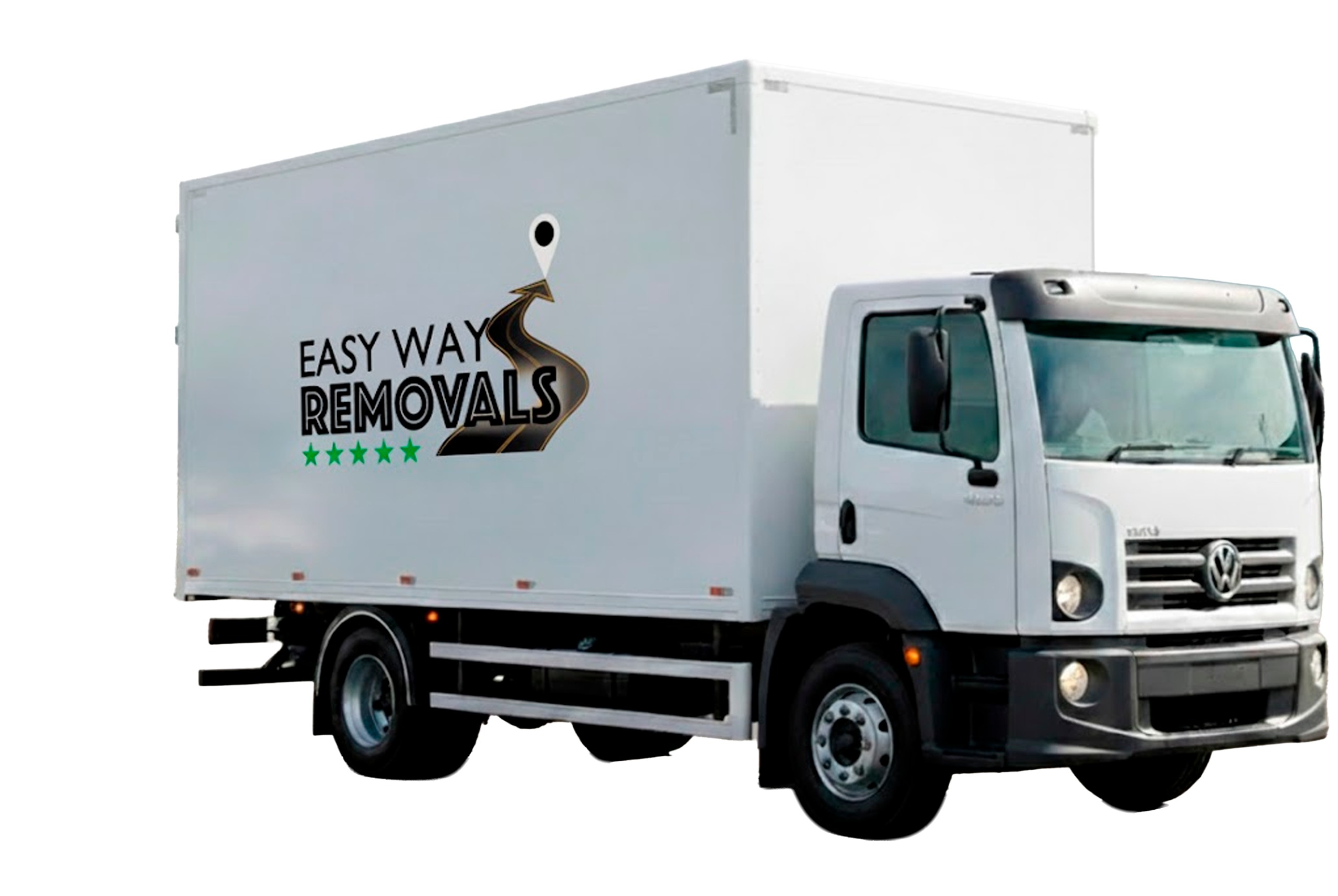Moving a piano is no small task. It’s heavy, bulky, and can be tricky to get through doors or around tight corners. But don’t worry! With the right tips and tools, you can move it safely and without too much hassle. So, how to move a piano perfectly?
Simply put, to move a piano perfectly, use a piano dolly and moving straps and get help from at least two strong people. Also, always lift with your legs, not your back, and move slowly and carefully.
We’ll walk you through everything, from preparing for the move to the best techniques for lifting and transporting your piano.
Let’s make this easier and less stressful—so you can focus on getting your piano to its new spot in perfect condition!
Before you even start learning how to transport a piano, there are some key things you must focus on.
These are the following:
It’s usually 110-135 cm tall, 150 cm wide, and 60 cm deep. Your piano might be slightly different, so check its exact size.
You can’t move a piano by yourself – you need the right tools. Here’s what you’ll need:
So, how do you move a piano?
Now that you’ve prepared, here’s how to actually move the piano step-by-step.

Before you start moving, check if you can remove any parts, like the pedals or the lid. This makes the piano easier to handle. Keep track of any screws or parts that you remove.

This is the tricky part. Put on your work gloves and get some friends to help. An upright piano weighs about 130 kg, while a grand piano can weigh 500 kg.
You’ll need at least three strong people for an upright and six for a grand piano. Professionals use special tools to make it easier and safer.
Here’s what to do:

Once the piano is off the ground, centre the piano on the dolly. Here’s how to do it:
To move a piano with a dolly, start by using metal ramps if you need to carry it downstairs. Prepare the van’s loading ramp first. When moving the dolly down, have two people at the front and one at the back to guide it safely.
Take small steps, avoid pushing too hard, and check for bumps on the ground. When reaching the van, have at least two people at the back and one or two at the front to lift the dolly onto the van ramp.
Make sure the dolly stays straight, and push carefully until it’s safely in the van.
Moving a piano downstairs can be hard, so many people ask professionals for help. If there’s only one step, use straps to lift the piano with the dolly and carry it down. If there are more steps, take off the dolly and put cardboard on the steps to avoid scratching. Use lifting straps to hold the piano and move it down one step at a time.
Moving a piano upstairs is harder and will tire you out more. Just like moving it downstairs, remove the dolly and use straps and cardboard pads. Lift the piano carefully, one step at a time. Make sure to take breaks and go slow to avoid accidents.
 When you’re loading the piano into the moving truck, you’ll need a ramp. Don’t try to lift the piano into the truck by hand—use the dolly. Be careful as you roll it up the ramp.
When you’re loading the piano into the moving truck, you’ll need a ramp. Don’t try to lift the piano into the truck by hand—use the dolly. Be careful as you roll it up the ramp.
If you have stairs, you may need a special stair-climbing dolly or help from professionals. Once it’s inside the truck, make sure the piano is strapped securely so it won’t move during transport.

You don’t want the piano sliding around. Use moving straps to keep it in place. You can also place blankets or cushions around it for extra protection.
Besides the above, are you interested in learning how to wrap furniture for moving? If so, you can check out this informative blog now!

Here are a few mistakes you should avoid when moving a piano.
There are times when hiring professionals is the best choice.
At Easy Way Removals, we offer a complete removal service, helping with everything from furniture disassembly and packing to transporting your belongings safely. We have the right tools and expert movers to make your move smooth.
If you’re moving a piano, it’s best to hire professionals to avoid damage or injury. We can handle the heavy lifting, which ultimately ensures your piano reaches its new home safely.
We even provide all the moving supplies you need. From sturdy boxes and bubble wrap to packing tape and wardrobe boxes, we’ve got it all.
Want to learn how to pack up your house for a move with Easy Way Removals? Visit this blog!
Once the piano is in its new spot, make sure everything is in place. If you took off any parts, like pedals, put them back. Check for any damage or scratches, and if you find any, it might need a repair.
Moving can mess with the tuning, so it’s a good idea to call a professional tuner to adjust the strings and make sure it sounds perfect.
So, that’s all about how to move a piano. Moving a piano is a big job, but it’s manageable with the right tools, preparation, and careful planning. No matter if you decide to do it yourself or hire professionals, just make sure to take your time and avoid rushing.
Moving a piano isn’t just about getting it from point A to point B—it’s about protecting your piano and keeping it in good condition.
So, now you’re ready to move that piano like a pro! Happy moving!
Looking for a helpful checklist to move your home? Check out this insightful blog for all the details!
Yes, you can move a piano with a trailer, a vehicle to pull it, and a few strong friends. Just be slow and careful.
Use a dolly and a grand board. The dolly helps with rolling, and the grandboard keeps the piano steady.
A piano can weigh anywhere from 200 to 1000 lbs (91 to 545 kg), depending on the type. A baby grand usually weighs between 500-600 lbs (227-272 kg).
Pianos are heavy and delicate, so they need careful handling. It’s hard to move them without damaging the instrument.
Yes, they are worth it because they have the right tools and skills to move your piano safely. It’s a good investment for your piano’s protection.
At least four people are needed. Two to three people do the lifting, while others help guide the move.
Yes, pianos are heavy and require special equipment. Professionals are trained to move them carefully and safely.
Two strong people can lift a console piano, but it’s easier with more help. Avoid stairs and obstacles if you’re doing it with two.
The piano frame is the heaviest part. It can weigh about 450 pounds in a grand piano, providing strength to the instrument.
To move a piano on a carpet, place a flat plywood sheet under the legs to protect them. Lift each leg one by one and slide the plywood underneath. Then, with help, carefully push the piano, taking breaks as needed.
When moving a piano on hardwood, make sure the lid is locked, and check the legs for damage. Slide the piano on a plywood sheet and clean the floor to reduce friction. If the piano’s legs are damaged, it’s safer to get professional help.




